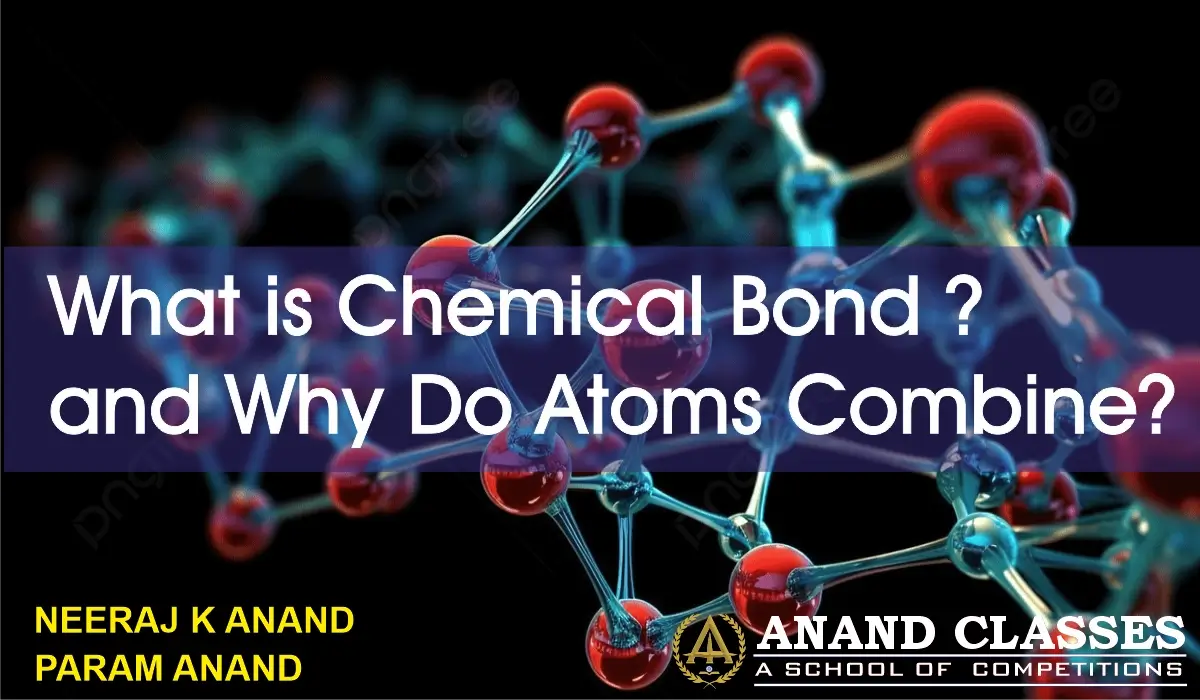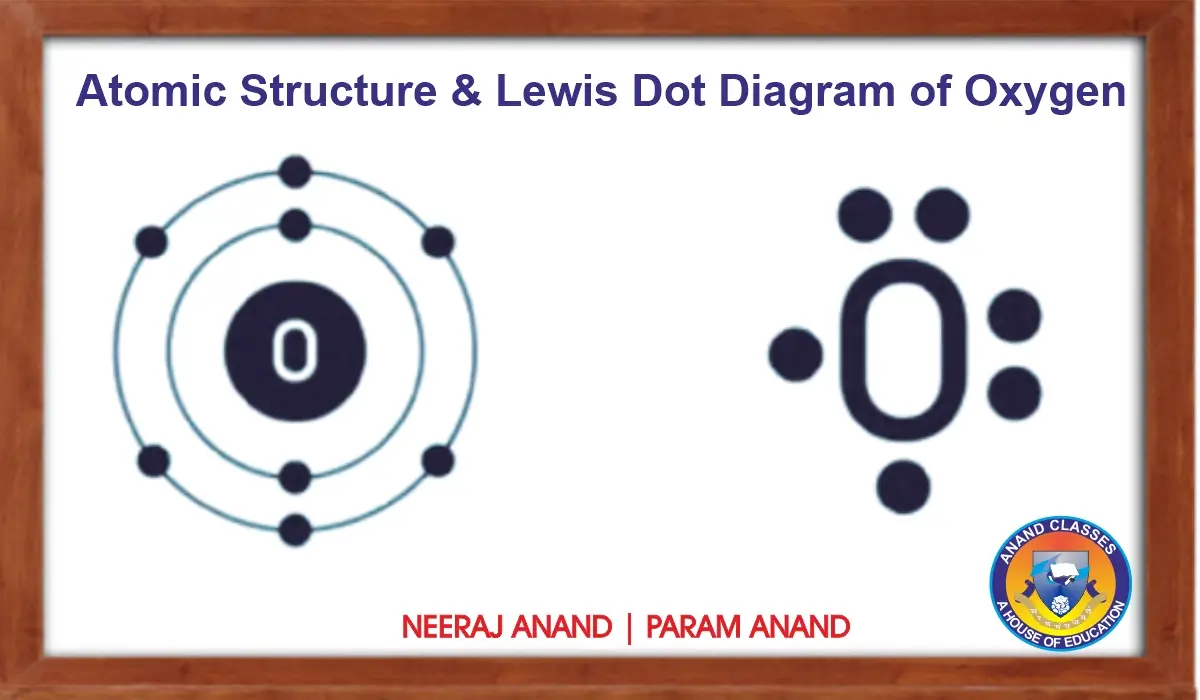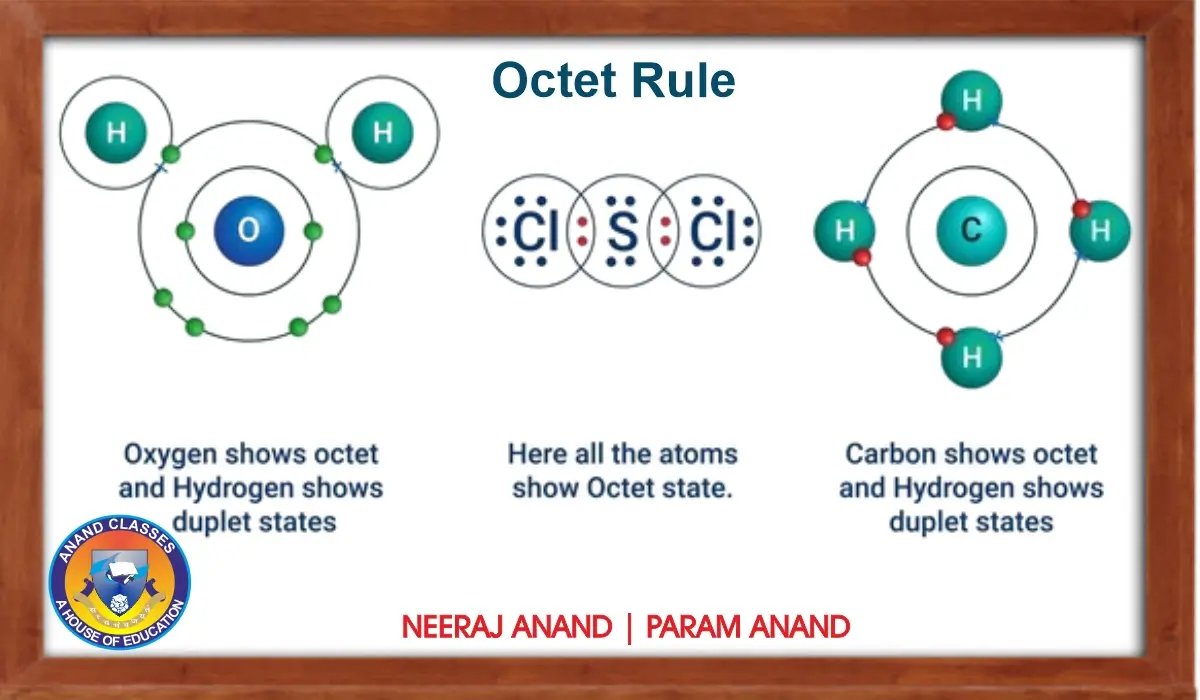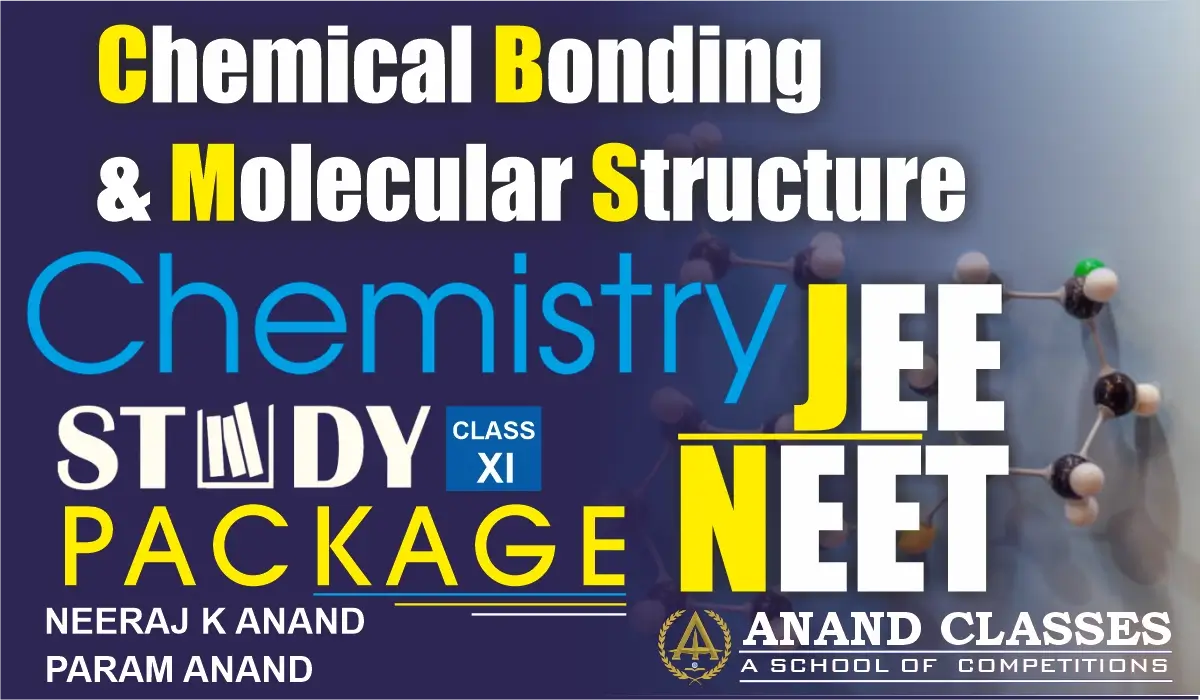What is Chemical Bond and Why Do Atoms Combine? | Theory MCQS Assertion Reason Case Study
Anand Classes offers comprehensive Class 11 Chemistry study material for JEE and NEET preparation on Define Chemical Bond, explaining Why Do Atoms Combine with detailed theories, solved examples, MCQs, assertion-reason questions, and case study-based problems to strengthen chemical bonding concepts for competitive exams. Click the print button to download study material and notes.







